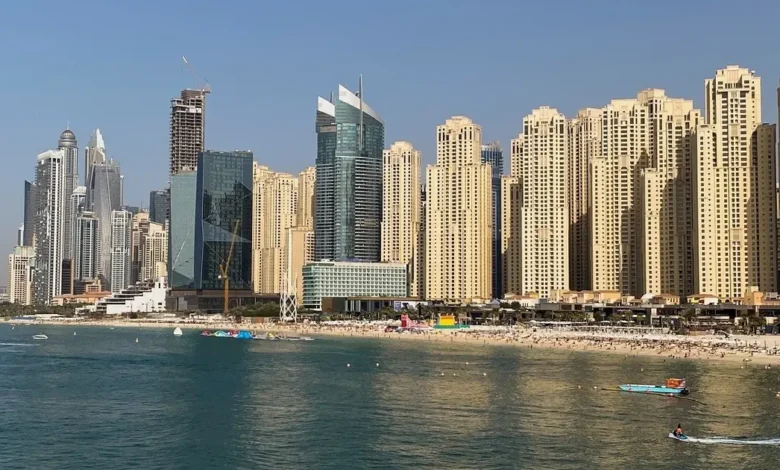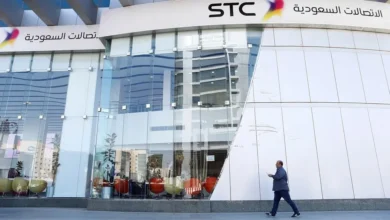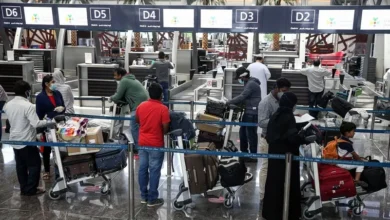Dubai, Abu Dhabi see soaring off-plan deals, signaling investor confidence: JLL

Off-plan transactions in the residential markets of Dubai and Abu Dhabi continued to see a robust growth momentum in the second quarter (Q2) on the back of resurgent investor confidence and robust absorption of newly launched projects, reveals JLL’s Q2 Market overview report.
In Dubai, off-plan residential sales increased by 38 percent in value and 30 percent in volume during Q2 when compared to the same period last year, according to data from Dubai Pulse.
The majority (57 percent) of the transactions in the category were recorded between Dh 500,000 and Dh 2 million, with investors primarily focusing on studios and one bedroom units in areas like JVC, Dubailand, and MBR City.
Similarly, the off-plan market in Abu Dhabi maintained its strong performance during the quarter. As per data from Quanta, the value of off-plan transactions more than doubled from Dh 1.8 billion in Q2 2022 to Dh 3.8 billion in Q2 2023, with the majority of activity concentrated between Dh 2 million and Dh 3 million, driven by villa transactions on Al Reem Island and Yas Island.
Overall, in the residential segment, the delivery of 7,300 units in Dubai during the quarter raised the total residential stock to 700,000 units, with an additional 21,000 units slated to be handed over in the remaining half of this year.
In Abu Dhabi, the addition of 1,000 units brought the total residential stock to 283,000 units. In terms of future supply, close to 3,000 units are in the pipeline for 2023, mainly comprising apartments within master-planned communities such as Al Raha Beach, Al Maryah Island, and Al Reem Island.
In general, Residential market performance continued to improve in Dubai, with a 16 percent uptick in sale prices and 24 percent in rentals in May 2023 when compared to the same period last year. Demand for high-quality luxury products persisted in established mixed-use communities. In the capital, sale prices and rentals were marginally up by 1 percent each as outdated stock on the main island continued to face pressure from newer high-end communities. This trend is likely to continue as the emirate draws demand toward upcoming new islands.
Faraz Ahmed, Associate, Research at JLL MENA, said: “In the second quarter, all sectors demonstrated strength and adaptability propelled by new and emerging trends. The continued growth in off-plan transactions, rising demand for quality office spaces, evolving retail offerings, and transformative renovations in the hotel sector, collectively indicate the dynamism of Dubai and Abu Dhabi as vibrant investment destinations. With strong investor confidence, robust absorption of new projects, and innovative developments, there is no doubt that these cities are paving the way for sustained growth and transformation across the entire real estate landscape in the UAE.”
Rising rents, limited availability in prime locations
On the back of attracting a diverse mix of tenants from all segments, Dubai’s office market continued to witness strong demand. That said, owing to the low availability of good-quality office space and the healthy inflow of new market entrants, co-working and serviced offices served as an initial landing pad for most new players while they explored long-term options.
Consequently, average Grade A rents within the Central Business District (CBD) increased by 18 percent year-on-year (Y-o-Y) to Dh 2,300 per sq. m. per annum in the second quarter while office vacancy within the CBD was logged at 10 percent.
In the capital, both the number of office inquiries, and the amount of space being sought increased over the past quarter, primarily driven by the defense, technology, and financial industries. Demand for Grade A space continued to surge due to limited availability resulting in average city-wide Grade A rents rising by 11% Y-o-Y to AED 1,900 per sq. m. per annum. The demand for co-working and serviced offices also remained resilient as corporates continued to follow hybrid working models.
Largely, occupiers are being compelled to change their strategy due to rising rents and limited availability of space in prime locations. While some reassessed their needs and settled for what was available in the market, others had to broaden their search to include secondary locations offering Grade B/B+ spaces. Those with more stringent requirements are having to explore built-to-suit opportunities to fit their needs.
There were no office projects completed in either Dubai or Abu Dhabi during the second quarter, keeping the total supply stable at 9.1 million sq. m. in Dubai and 3.9 million sq. m. in the capital. Over the second half of 2023, approximately 99,000 sq. m. and 41,000 sq. m. of office gross leasable area (GLA) are expected to enter Dubai and Abu Dhabi, respectively.
F&B continues to be a key sector
With the ambition to enhance customer experience and introduce new concepts, Mall owners have been exploring plans to elevate their offerings by either upgrading traditional food courts or adding new modern food halls. The upcoming “Market Island” in Dubai Festival City is one such example. These new food halls are generally intended to attract high-end F&B brands.
In terms of the retail segment as a whole, around 6,000 sq. m. of space was added in Dubai in Q2, bringing the entire stock to 4.7 million sq. m. In the remaining months of this year, around 83,000 sq. m. of retail GLA is scheduled to be delivered across the emirate, the majority of which will be in the form of expansion of a super-regional mall and new neighborhood malls.
In Abu Dhabi, about 2,000 sq. m. of retail space was completed, which raised the total stock to 3.1 million sq. m. It is further anticipated that another 58,000 sq. m. retail space will be finished in the second half of this year.
Well-located retail developments benefited from the growing number of tourists in Dubai. While prime retail developments were operating at near full occupancy, community malls and retail developments in secondary locations noted a slight decrease in activity, as footfall remained dominant in larger regional and super-regional malls. As a result, average rental values in primary and secondary malls fell by 2 percent in Q2 compared to the same quarter in the previous year.
In Abu Dhabi, broadly, the retail market maintained stable rental performance vis-à-vis the second quarter of 2022. That said certain landlords, particularly those in older developments, faced pressure due to increased competition from new retail developments. However, unlike in Dubai, landlords were more accommodating and offered incentives such as capex support, honeymoon trade periods, revenue share-based deals, and extended fit-out periods for established international brands.
Driving transformation in the hotel sector
Following an exceptional last year, Dubai’s hotel market began to show signs of stabilisation in Q2 2023. Using effective revenue management strategies, operators chose to keep occupancy levels higher at the expense of average daily rates (ADR). While ADR decreased by 6 percent for the year to (YT)June to $188 when compared to the same period last year, occupancy increased to 78 percent for YT June. Nonetheless, this decline is not a sign of a slowdown but rather a healthy indicator of the market finding its balance.
Even in Abu Dhabi, the hotel industry maintained its steady growth. The capital aims to receive 24 million visitors by the end of 2023, and the increase in both domestic and international visitors can be attributed to increased awareness of Abu Dhabi as a destination as well as the availability of a broader selection of year-round entertainment, sporting events, trade events, and roadshows. In comparison to the same period last year, the capital’s ADR increased by 26 percent for YT June to $137, while city-wide occupancy surged to 71 percent. This resulted in a rise of 28 percent in revenue per available room (RevPar), which stood at $97.
With several modern tech-enabled hotels on the market, older legacy hotels need to undergo renovations to remain competitive. These renovations typically concentrate on technological advancements, sustainability measures, and innovative design enhancements. This move aims to bring traditional hotels up to date with industry standards while also catering to changing customer preferences.
With regard to the inventory, in the second quarter, around 1,000 keys were added in Dubai, increasing the total supply to 151,000 keys. During the same duration, no notable hotel projects were completed in the capital, keeping the total stock stable at 32,500 keys. In the remaining six months of this year, another 6,000 and 200 keys are slated to be handed over in the former and the latter city, respectively.










